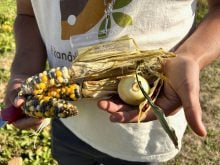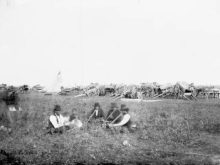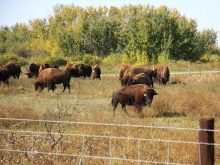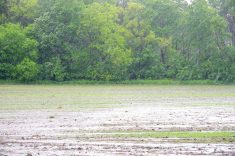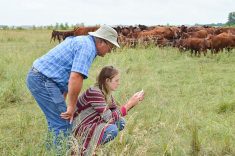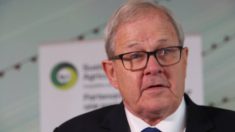There were many events on the schedule at the Brandon Riverbank Discovery Centre as the National Day for Truth and Reconciliation rolled around. There were speakers, art shows and singers, ceremonies, walks of recognition and solidarity and Indigenous teaching seminars.
One of the last things set for Sept. 30 was a discussion with an Indigenous chef about food sovereignty.
Events were truncated by wind (the Brandon airport recorded gusts over 95 km/h), but the premise of the talk stuck in my mind, perhaps particularly because our house was in the middle of its annual blitz of garden harvest and processing.
Read Also
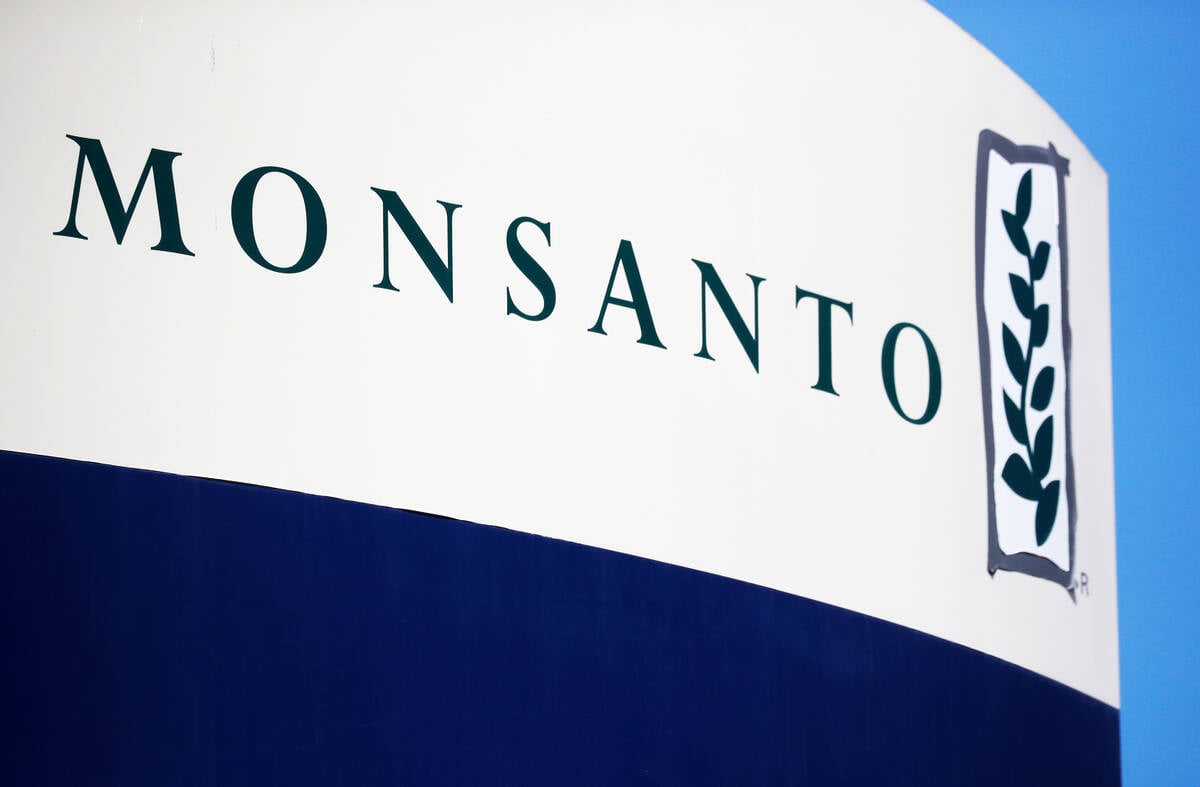
Roundup retraction makes public trust ripples
A foundational study on glyphosate safety was recently retracted, while Roundup maker Bayer has already said it may ditch the key agricultural herbicide after lawsuits piled up.
The definition of food sovereignty is hard to pin down. Non-profits that include food sovereignty in their mission, like the U.S. Food Sovereignty Alliance or Food Secure Canada, define the term as “the right of peoples to healthy and culturally appropriate food.” The National Farmers Union shares that definition.
The B.C.-based Indigenous Food Systems Network says there is no set definition, but “it can be described as the newest and most innovative approach to achieving the end goal of long-term food security.
“Indigenous food sovereignty is a specific policy approach to addressing the underlying issues impacting Indigenous peoples and our ability to respond to our own needs for healthy, culturally adapted Indigenous foods,” it adds.
Food sovereignty and “right to food” are not the same thing, the UN Food and Agriculture Organization has said, but they are related. The former is a political cause and the latter is a legal human right set out by the United Nations.
In a joint brief on the right to food as it relates to Indigenous peoples, the FAO says that “food sovereignty includes calls for the realization of the right to food,” and that the two are “often complementary.”
“For example,” it noted, “the right to food as a human right implies the application of the participatory approach to food security.”
In other words, the people who eat have had some say in how they’re getting fed. In the context of Indigenous peoples, the brief continues, that means giving Indigenous peoples a seat at the table when shaping strategies, policies and programs.
That echoes what a lot of Indigenous community and business leaders have been calling for here on the Prairies.
Speaking to Protein Industries Canada in mid-September, Cadmus Delorme (former Cowessess First Nation chief and now one of the names behind OneHoop Consulting) said Indigenous businesses and communities must have space to explore and expand their agricultural and agribusiness ambitions.
“We don’t want pity,” he said. “We don’t want anybody to feel sorry for us. We want parity like every other non-Indigenous person in this country, and we want parity while our Indigenous worldview isn’t tested anymore.”
In terms of what is wanted from non-Indigenous farmers, the answer seems to be partnership, support and (if asked for) mentorship.
Agribusinesses that already partner with Indigenous individuals or communities emphasize listening, communication and self-awareness.
Celine Favreau, chief executive officer of NWC Wild Rice Company in Saskatchewan, urged non-Indigenous parties in a partnership to consciously think about where the benefits of the deal shake out.
“Really, it’s about being aware and respectful of interest in land-based economies and what that means to people,” she said in an interview with the Co-operator. “I guess being more culturally aware. And the only real, true way to become more culturally aware is by connecting with people and language.”
All of that may not be totally comfortable for agriculture. Delorme’s mention of parity while respecting the Indigenous worldview recognizes there may sometimes be dissonance between how agriculture typically does things and how Indigenous agriculture and agribusiness would like to do things.
It seems key that “leaving room” and “seeking partnership” means doing so knowing that those disconnects will come up, and being willing from the outset to discuss, compromise and find a way forward collectively.




